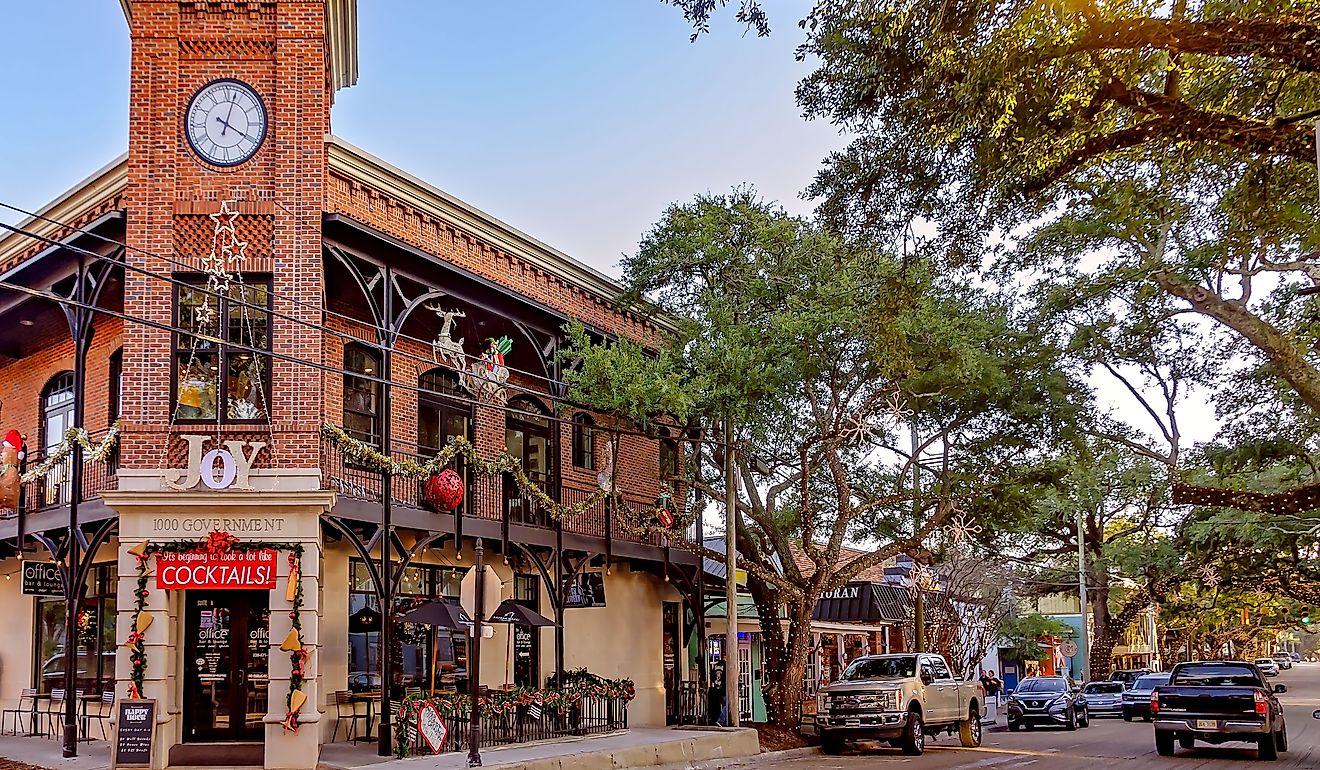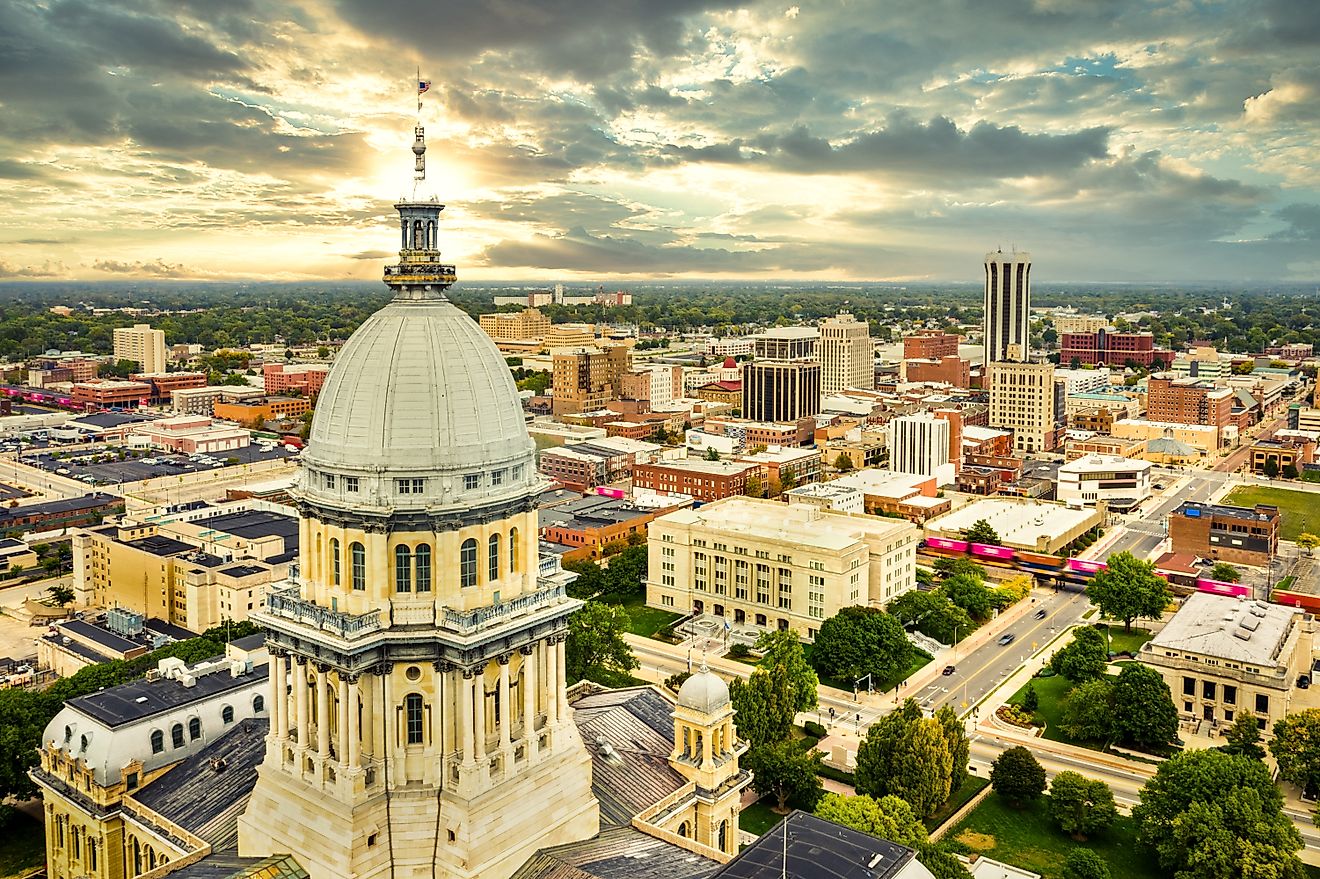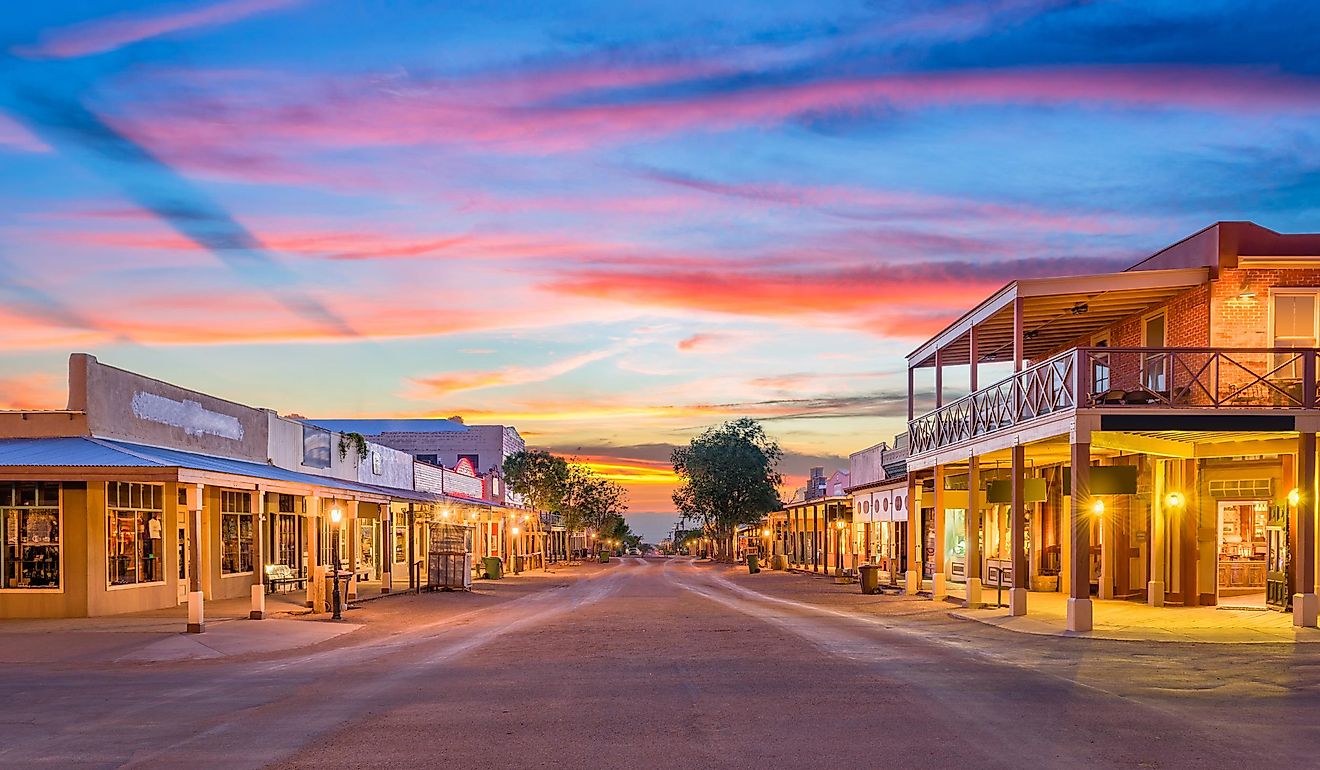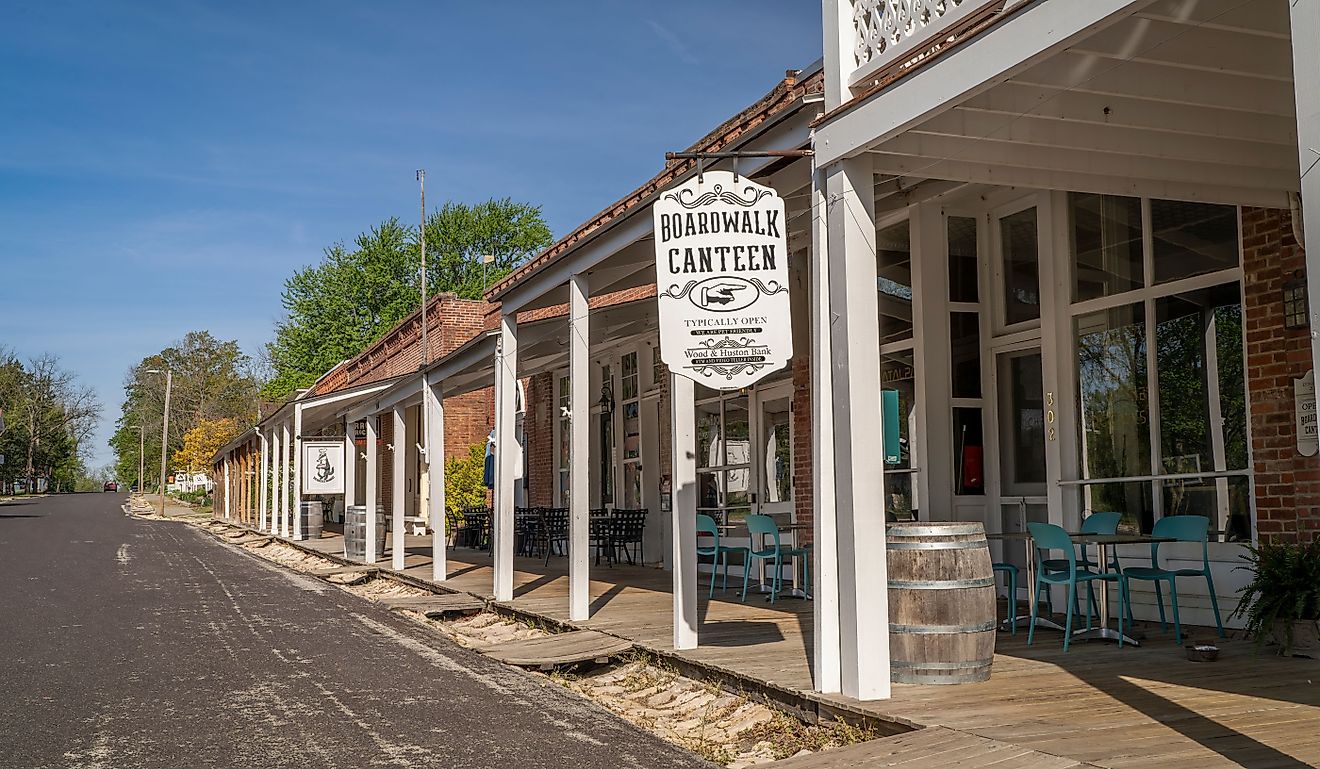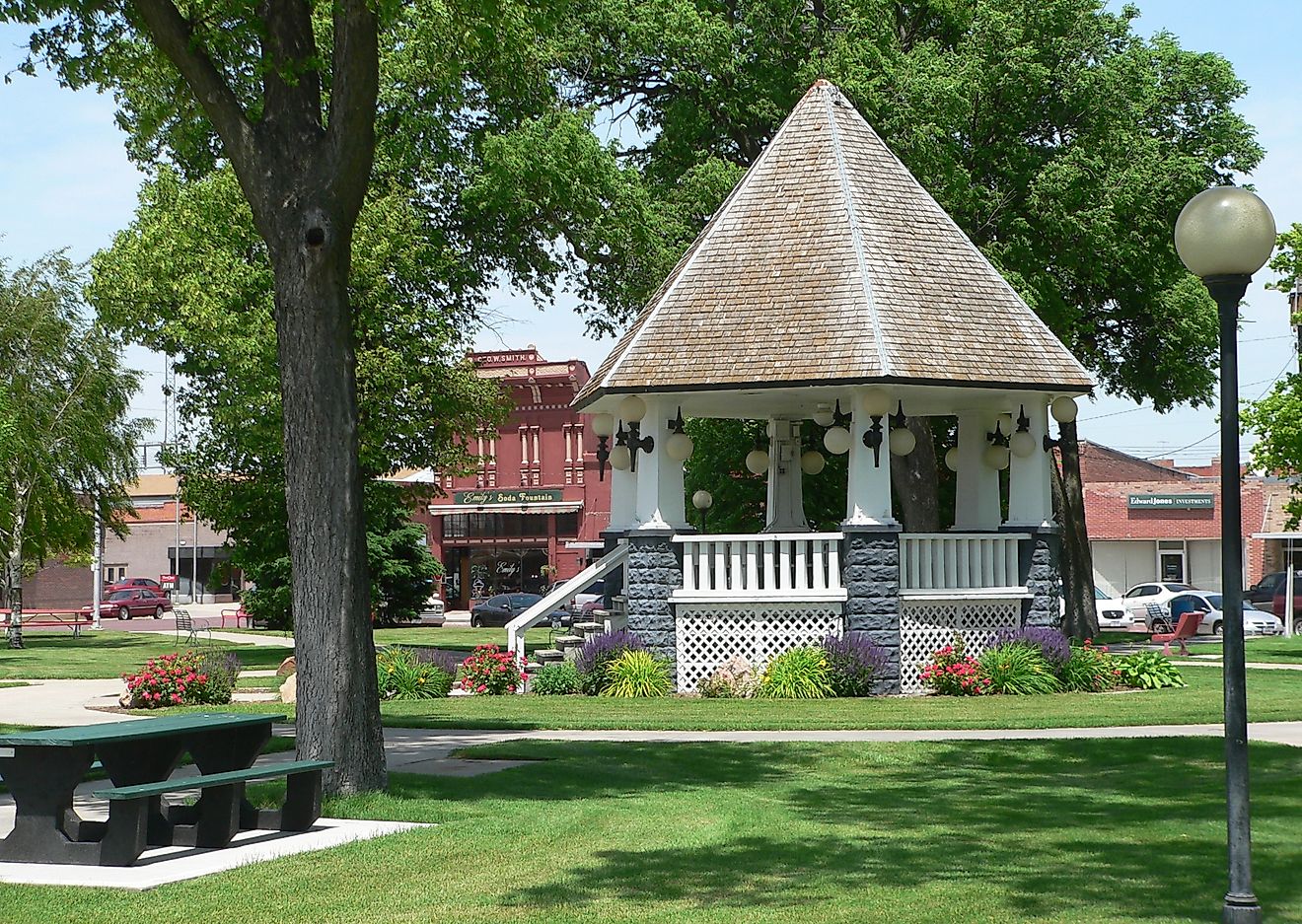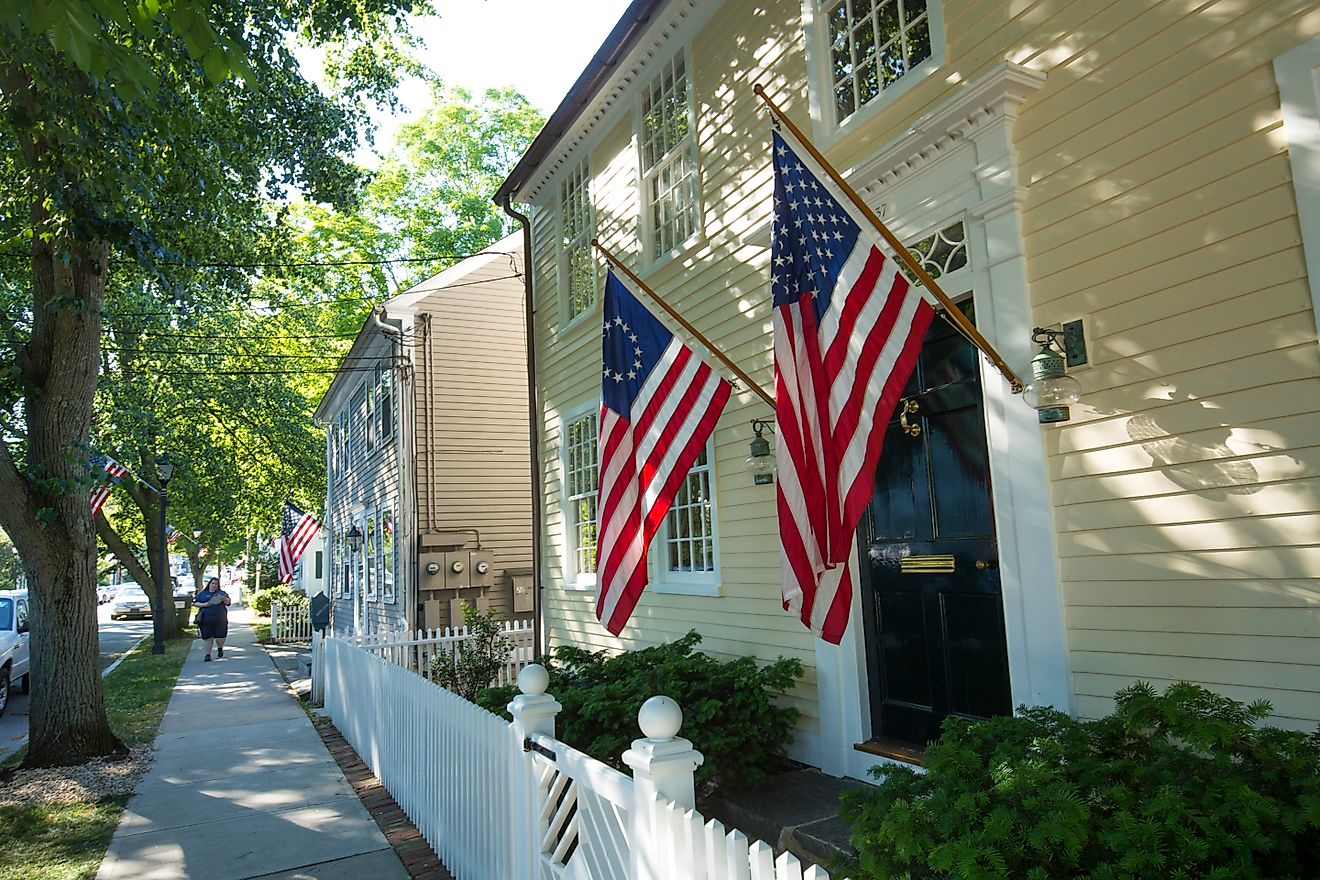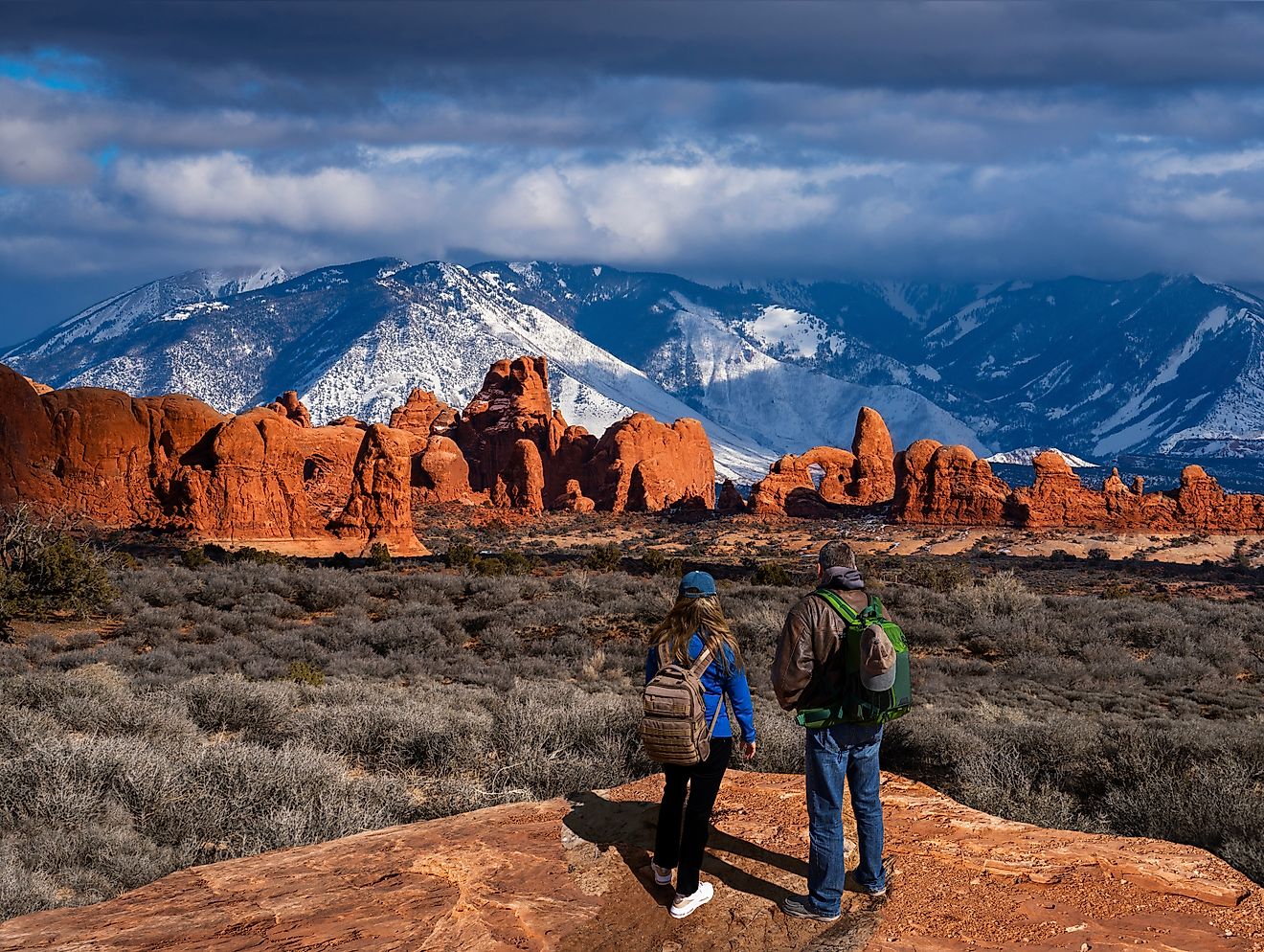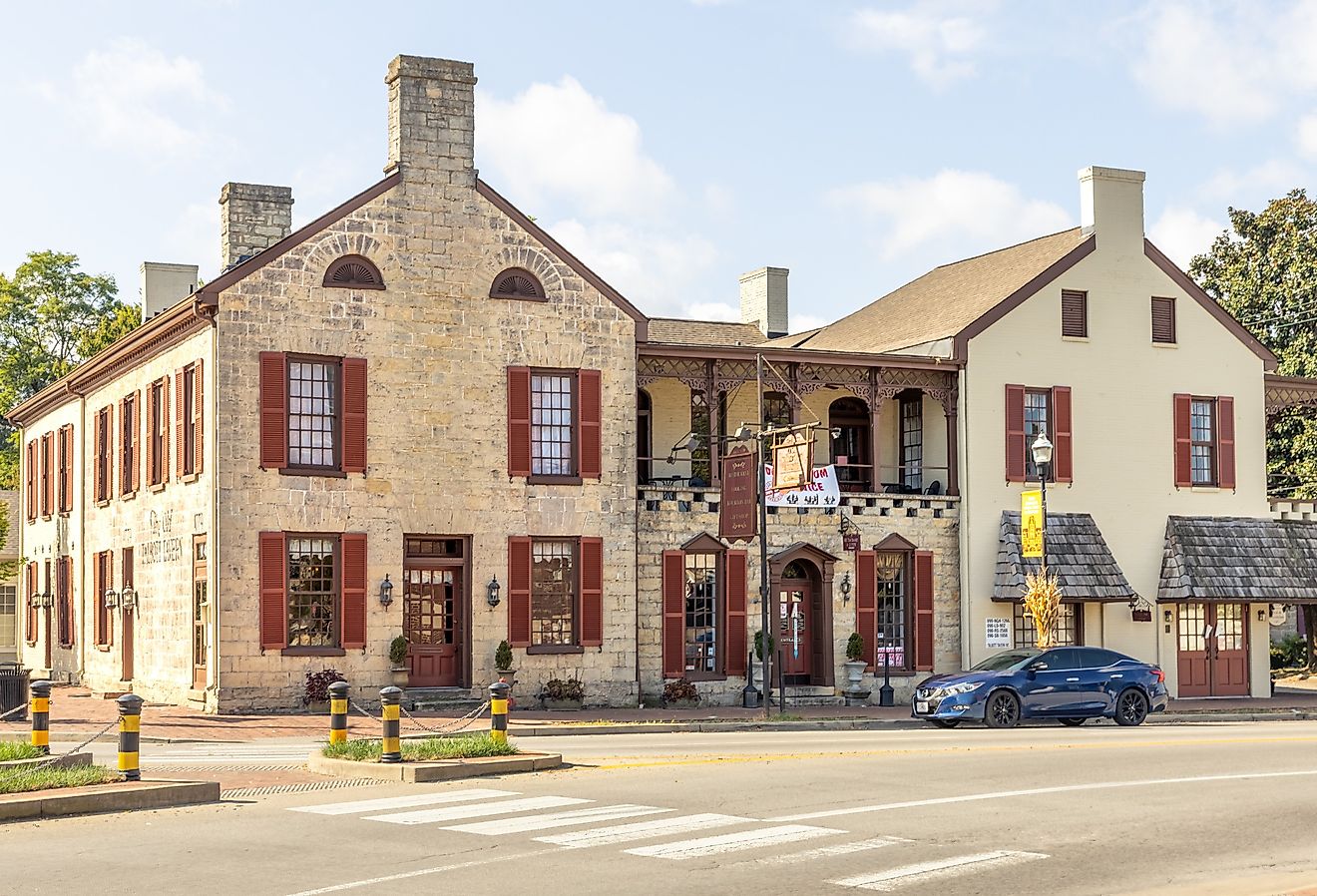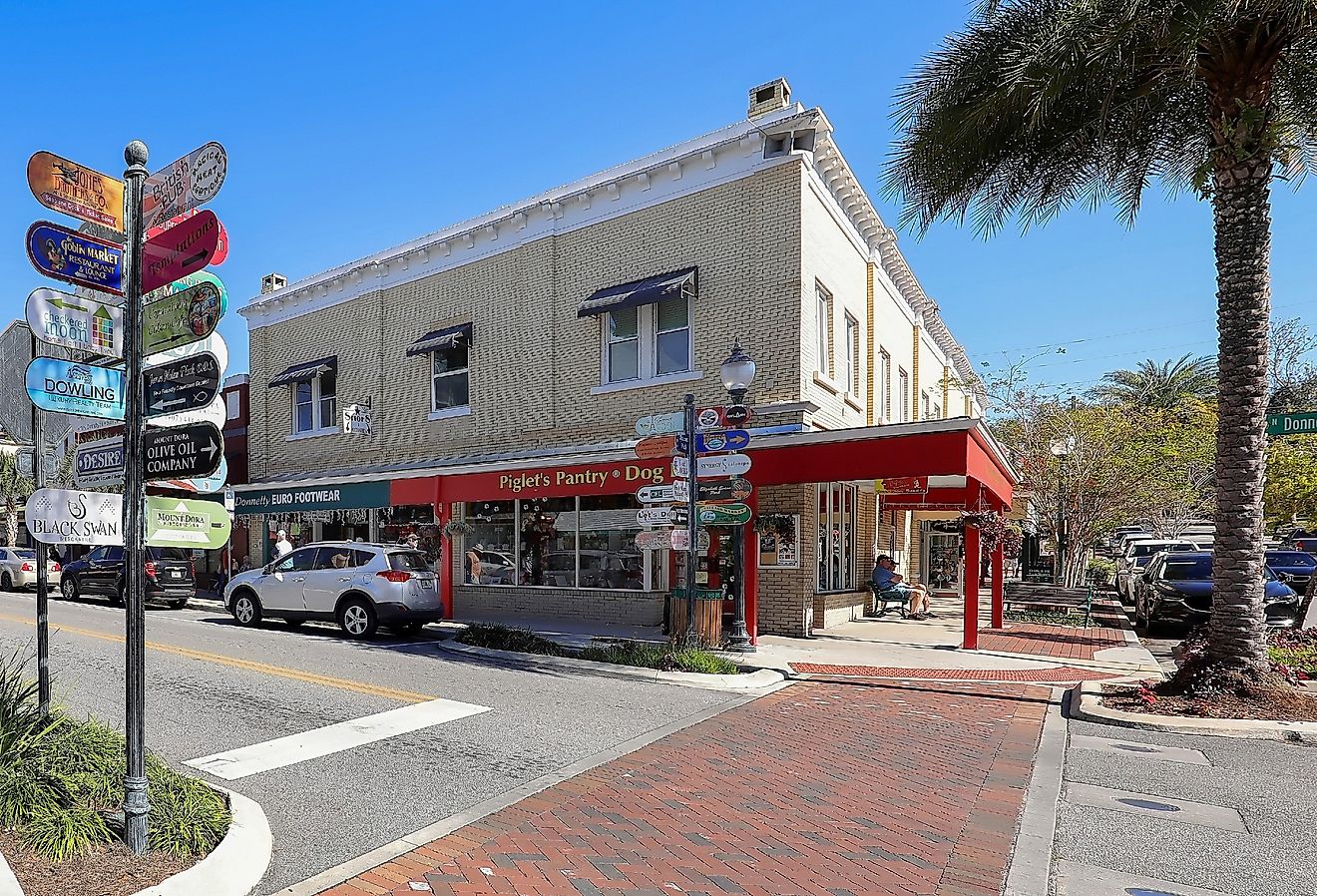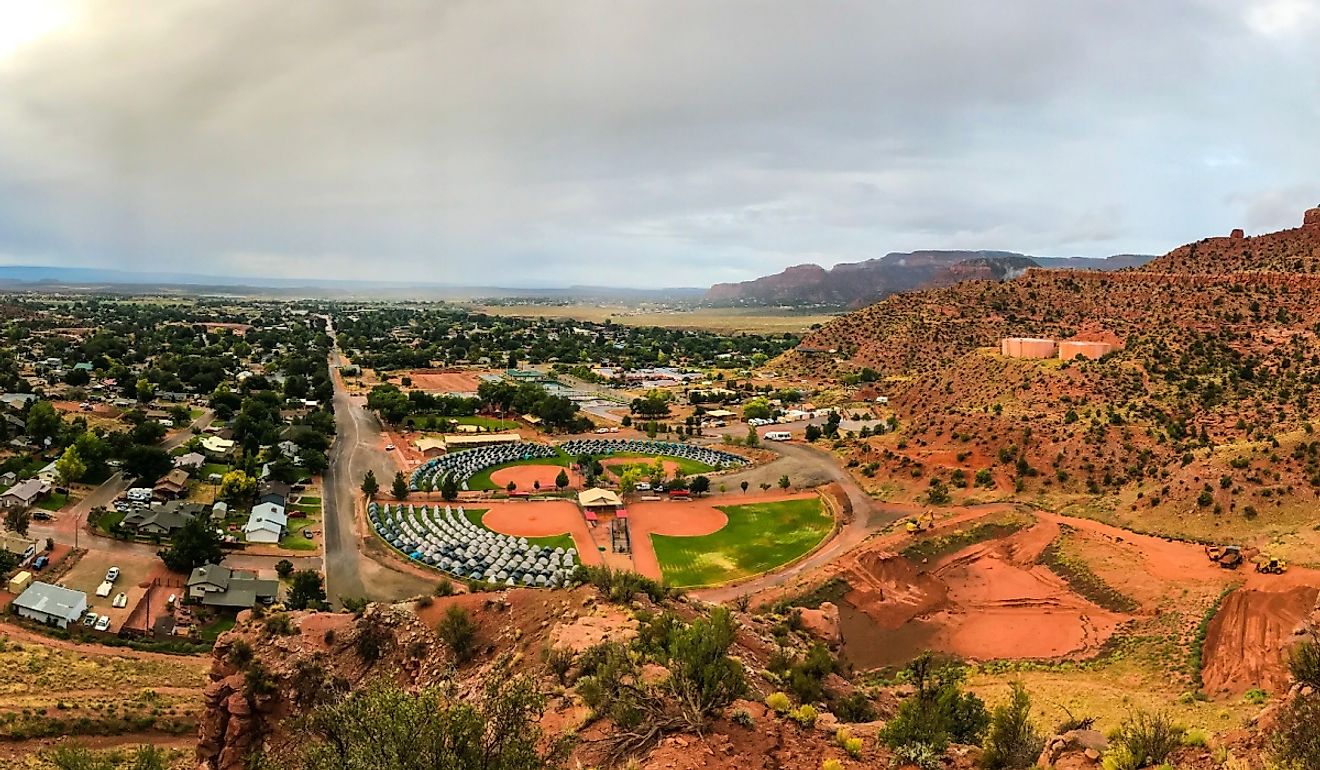
6 Most Affordable Towns to Retire in North Dakota
North Dakota is a northern and central US state that shares its borders with Canada, Minnesota, South Dakota, and Montana. One of the least populated states in the US, there is an endless rolling rural landscape full of prairies and farmland to designate as home. Due to its northern position, its winters are generally fairly cold, and the state is also vulnerable to tornadoes, droughts, and floods. That said, its prime agricultural position means that there is excellent, farm-fresh food available throughout much of the warmer months, keeping residents well-fed and connected to the land around them.
With a relatively low cost of living throughout the state and low state tax rates, North Dakota is a smart and affordable retirement investment for many.
Williston
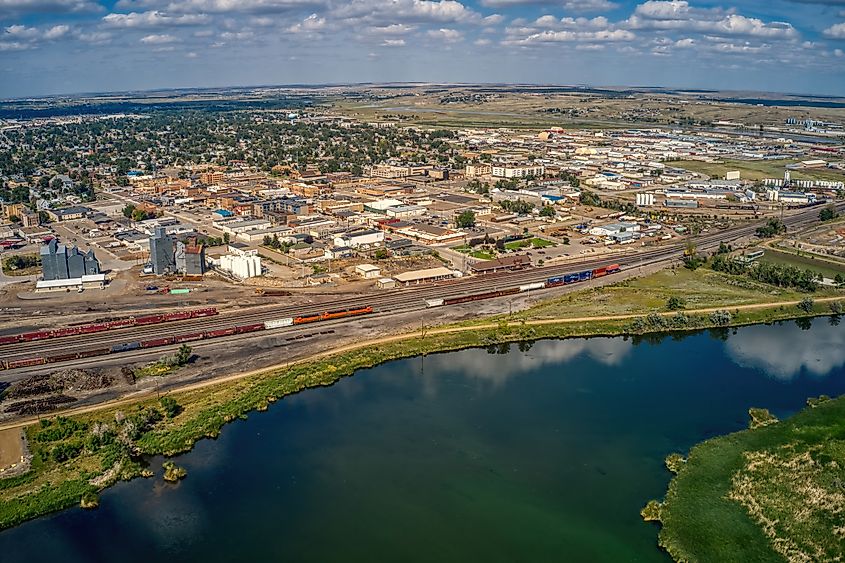
The cost of living in Williston is 6% below the national average, with the average home costing less than $250,000 (according to the Economic Research Institute). The sixth largest city in the state is home to 27,000 residents. The county seat of Williams, Williston, is a historical and highly recreational city that offers some of the biggest living one can find in the state. The Fort Buford State Historic Site and the Fort Union Trading Post National Historic Site can keep history junkies coming back again and again to soak in this state's history.
In terms of recreation, the town is home to the 18-hole Eagle Ridge Golf Course and the 9-hole Williston Municipal Golf Course, as well as the Thunder Valley Speedway Go-Karts and an indoor waterpark.
Minot

The fourth largest city in North Dakota with a population of 48,000, Minot has a cost of living that is 17% below the national average with homes costing around $211,000 on average. This community sits only 50 miles south of the Canadian border, making it an ideal spot for those who want to retire in the US but keep close ties to Canada. Known as the "Magic City," this old railway town is home to Minot State University, the Roosevelt Park Zoo, Scandinavian Heritage Park, and the North Dakota State Fair. There are several annual festivals that bring the town together, including the Norsk Høstfest, which is the largest Scandinavian festival in North America.
Dickinson

The cost of living in Dickinson is 20% below the national average, with average homes costing below $240,000. Dickinson is the seventh largest city in the state, with a population of 25,000. The gateway to the Theodore Roosevelt National Park and a true Badlands community, this historical town is a great option for those who want to stay connected to the American wilderness without sacrificing the comfort and services associated with living in a larger community. This town is known for its strong medical care and robust arts scene. Enjoy the region, along the the Old Red Old Ten Scenic Byway or the Custer Trail Auto Tour.
Jamestown

Jamestown's cost of living is 10% below the national average, with homes costing around $150,000 on average. Jamestown sits at number 9 in population size, with roughly 15,000 residents. Jamestown is known for its buffalo and is home to the World's Largest Buffalo, the North American Bison Discovery Center, as well as the National Buffalo Museum. A heritage town with a Frontier Village and Fort Seward, this small community is heavily situated upon its historical economy. The Jamestown Reservoir is home to seven boat launches, picnic tables, two swimming beaches, a disc golf course, and 3-miles of trails along the waterfront. There are several restaurants and shops to explore in town and the community is well built with recreational centers and programs.
Devils Lake
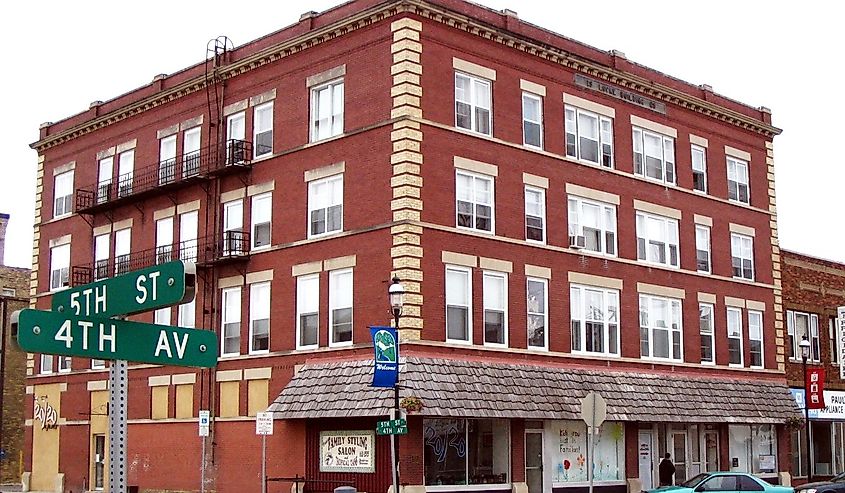
The cost of living in Devils Lake is well below the national average at 17% lower, with the average house costing around $115,000. Devils Lakes' population is roughly half that of Jamestowns' at 7,000 residents. Devils Lake is the community to retire to for those who love the outdoors. A true fishing community, this town has excellent outdoor recreation, restaurants, and hikes to be taken. Devils Lake is home to the White Horse Hill National Game Preserve, Fort Totten Historic Site, as well as Devils Lake itself. The lake is the largest in the state, covering over 160,000 acres.
Wahpeton

With nearly 1,000 more residents than Devils Lake, Wahpeton's cost of living is 22% below the national average, with the average house costing around $125,000. Wahpeton is home to both the Chahinkapa Zoo as well as the World's Largest Catfish. There are numerous recreational hubs in town, including the Bois de Sioux Golf Course, the Richland County Historical Museum, and the Bagg Bonanza Farm Historic Site. This community is small but not completely quiet, attracting a moderate amount of tourists each year. Wahpeton is an excellent choice for retirement for those who want simple and more quiet living without being completely remote. Wahpeton still offers full services, including robust Alzheimer's and Assisted Living supports.
North Dakota is a quiet and affordable state to consider relocation to for retirement. Its low population density but close proximity to several dense borders means that it is a sea of quiet and tranquility close to buzzing life and culture. Most communities offer unique recreational or historical services and centers to explore and get involved with. Whether retirement means slow and quiet or rapid and engaged, there is certainly a community in North Dakota for any retiree to call home.
